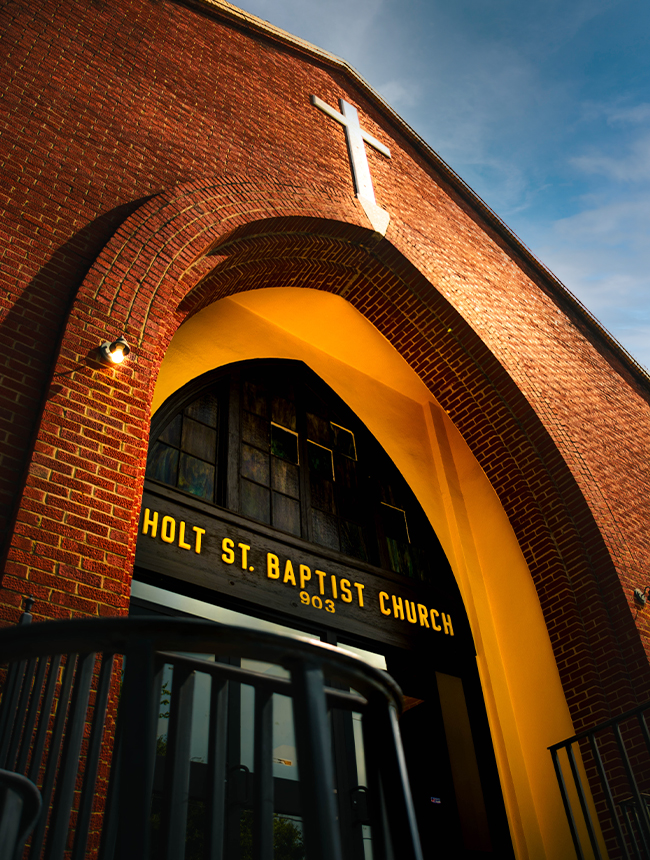Sponsored Content
In the heart of Montgomery, Alabama, the Holt Street Baptist Church stands as a historic symbol of resilience and determination. This unassuming church played a pivotal role in the Montgomery Bus Boycott and the broader Civil Rights Movement, becoming a gathering place for leaders, activists, and ordinary citizens committed to challenging racial segregation.
Humble Beginnings
Founded in 1910, Holt Street Baptist Church initially served as a spiritual haven for the African American community in Montgomery. Under the leadership of Reverend Solomon Seay Sr., the church became a focal point for discussions about civil rights, equality, and justice. Little did its congregation know that this modest church would become a crucial epicenter for one of the most significant events in American history.

Montgomery Bus Boycott
The spark that ignited the flames of change was the arrest of Rosa Parks on December 1, 1955, for refusing to give up her bus seat to a white man. The African American community, led by figures like Dr. Martin Luther King Jr., chose Holt Street Baptist Church as the meeting point to discuss a coordinated response. On the evening of December 5, 1955, thousands gathered at the church for a mass meeting that marked the official commencement of the Montgomery Bus Boycott.

Holt Street Baptist Church emerged as the organizing hub, providing a platform for leaders to articulate the principles of nonviolent resistance and unity. Dr. Martin Luther King Jr., who had just assumed leadership of the Montgomery Improvement Association (MIA), delivered a powerful speech at Holt Street, inspiring the community to stand firm in their commitment to justice and equality.
Community Unity and Resilience
The success of the Montgomery Bus Boycott was deeply rooted in the unity and resilience fostered at Holt Street Baptist Church. Congregants and activists, under the banner of the MIA, coordinated carpools, shared information, and offered moral support to those facing adversity. The church became a space where the community could find solace, encouragement, and a shared purpose.
Throughout the 381-day boycott, Holt Street Baptist Church hosted numerous meetings, strategy sessions, and rallies. The church’s basement served as a makeshift office for the MIA, where leaders, including Dr. King, tirelessly worked to sustain the momentum of the movement. The boycott not only led to the desegregation of Montgomery’s buses but also catapulted Dr. King into the national spotlight as a charismatic and influential leader.

Legacy in the Civil Rights Movement
Holt Street Baptist Church continued to play a crucial role in the broader Civil Rights Movement. It hosted events that brought together leaders and activists, fostering collaboration and shared vision. The church symbolized the strength of the African American community’s faith, perseverance, and commitment to justice.
Holt Street Baptist Church remains an indelible landmark in the history of the Civil Rights Movement. Its role in the Montgomery Bus Boycott and as a gathering place for leaders and activists underscores the power of community, faith, and nonviolent resistance. Today, the church stands as a living testament to the transformative impact that grassroots movements can have on society, inspiring future generations to continue the fight for justice and equality.









